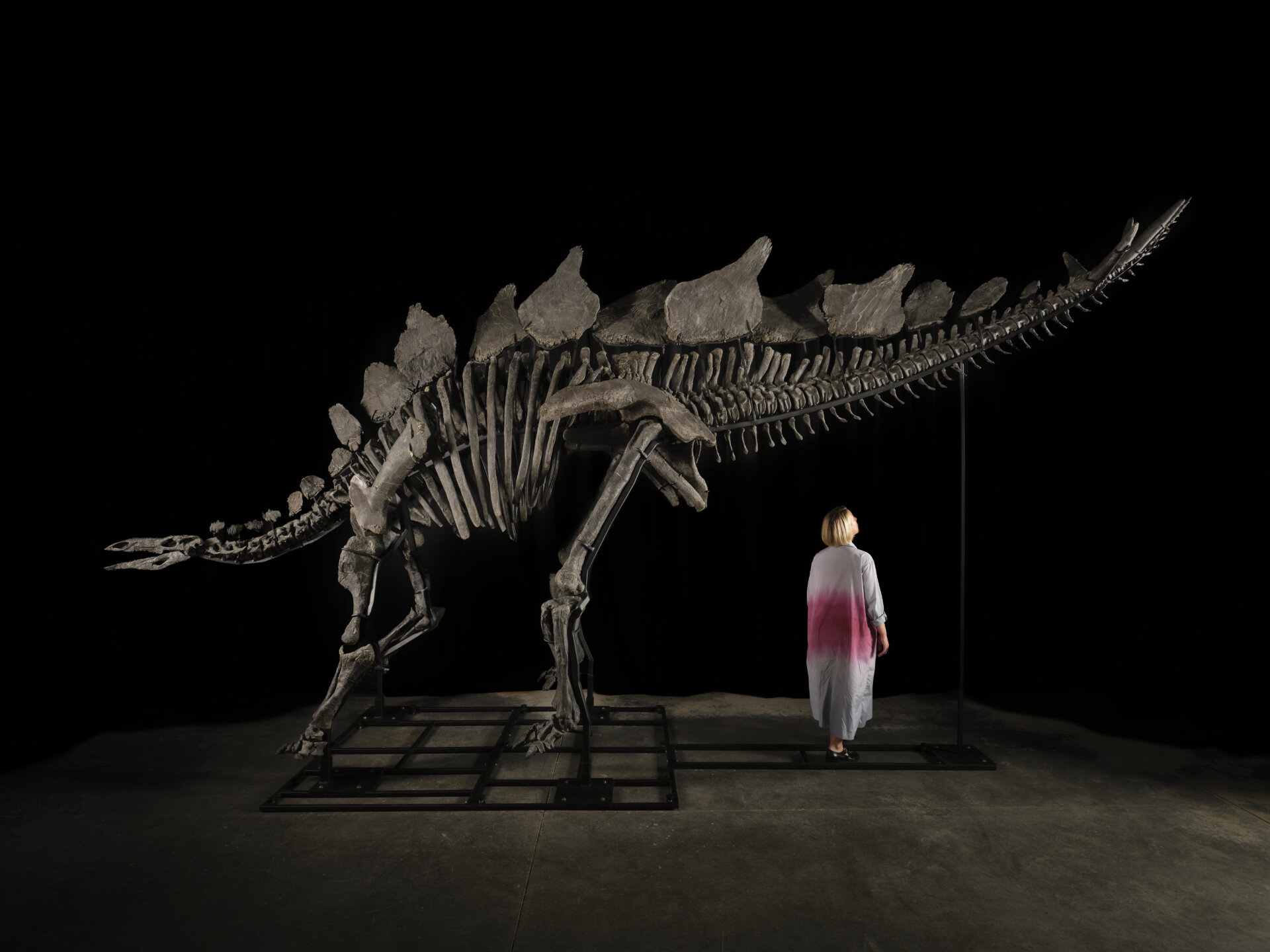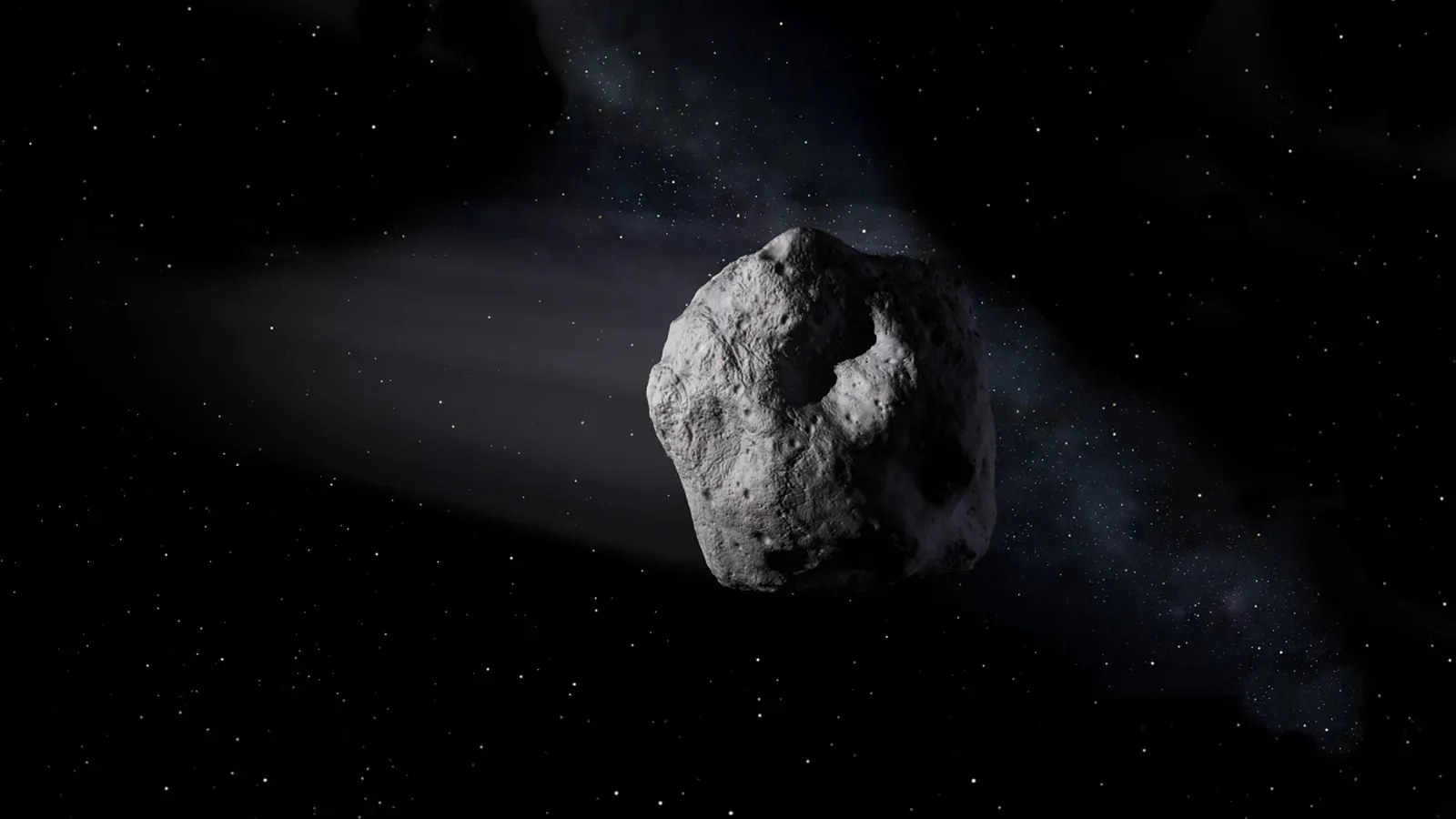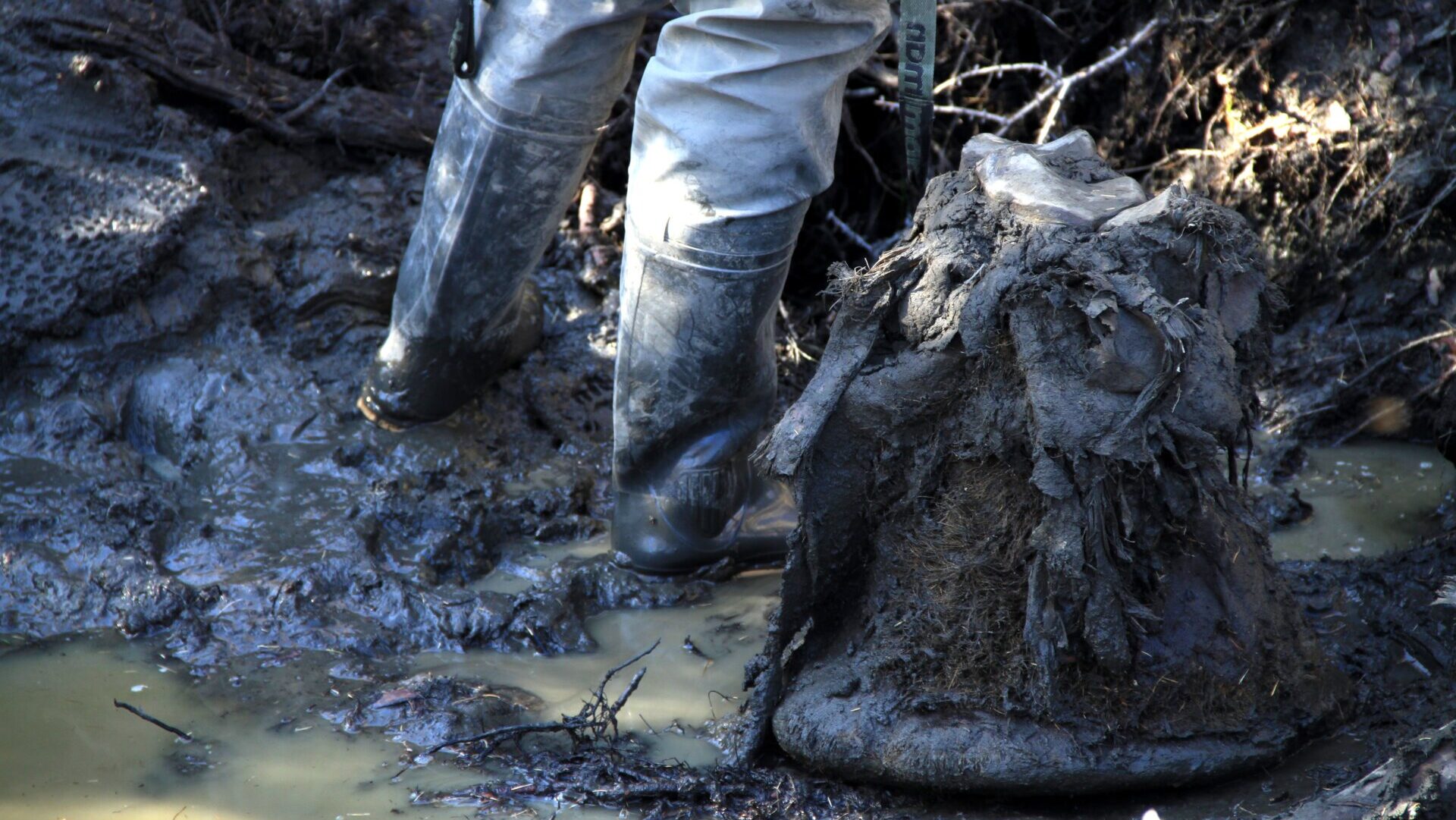DNA from a 22,000-year-old fossilized panda skull suggests an entirely separate lineage of giant pandas once roamed the area that is now southern China.
A cave explorer found the skull in Guangxi, a Chinese province that borders Vietnam. No giant pandas live there today—the giant panda population, which numbers fewer than 2,500, is confined to three provinces in central China. Research suggests the bears occupied large swaths of China in the past, but without DNA analysis, researchers haven’t been able to map out the entire giant panda family tree. This new work suggests some previously unknown branches.
“Giant pandas are one of eight bear species that exist today, and they’re really distinct from other bears,” Charlotte Lindqvist told Gizmodo. Lindqvist is an evolutionary biologist who specializes in bear genomics, but wasn’t involved in this new research. “It’s interesting to get to know more about their ancient distribution and where they are in the history of bears.”
After sequencing DNA that was lodged in the skull and comparing it to the genomes of modern-day giant pandas and 32 other ancient bears, the researchers found this bear from Guangxi shared a common ancestor with today’s giant pandas around 183,000 years ago. As the team outlined in their paper published today in Current Biology, this likely makes the newly discovered bears more of a parallel lineage rather than precursors to the giant pandas living in China now. And though the researchers couldn’t guess what the bear would have looked like, they know it was a plant-eater by analyzing carbon and nitrogen isotopes present in the fossil.
In their analysis, the researchers were able to pull genetic information from the fossil by targeting the mitochondrial DNA (mtDNA) instead of the nuclear DNA. mtDNA is easier to grab because there are usually around 1,000 copies of it in a given cell; for nuclear DNA, just a pair exists.
However, mtDNA only tells half of the genetic story. Because it’s passed down maternally, it only gives insight into one side of the lineage. Nuclear DNA is much more informative because it contains information from both the mother’s and father’s side.
But extracting that nuclear DNA from an ancient fossil can be difficult because much of the DNA degrades over time, especially in hot, humid locales like this one—it was hard enough to get the mitochondrial DNA, said study author Qiaomei Fu.
“It’s a big responsibility to get genome-wide data,” Fu, a paleogeneticist at the Chinese Academy of Sciences, told Gizmodo. “We can get an understanding not only related to the present day giant panda, but also find out what happened to them in the past.”
Getting that nuclear genome of the southern giant pandas is Fu’s next goal, whether it be from this Guangxi skull or from another fossil in the same area and time period. That data would help researchers get a more complete picture of where this lineage sits in the evolutionary branches of the giant panda. “We’ll try this fossil along with others,” she said, noting that a similar feat has already been accomplished with Neanderthal DNA. First, researchers isolated the mitochondrial DNA, and later, the nuclear. “We won’t give up.”













